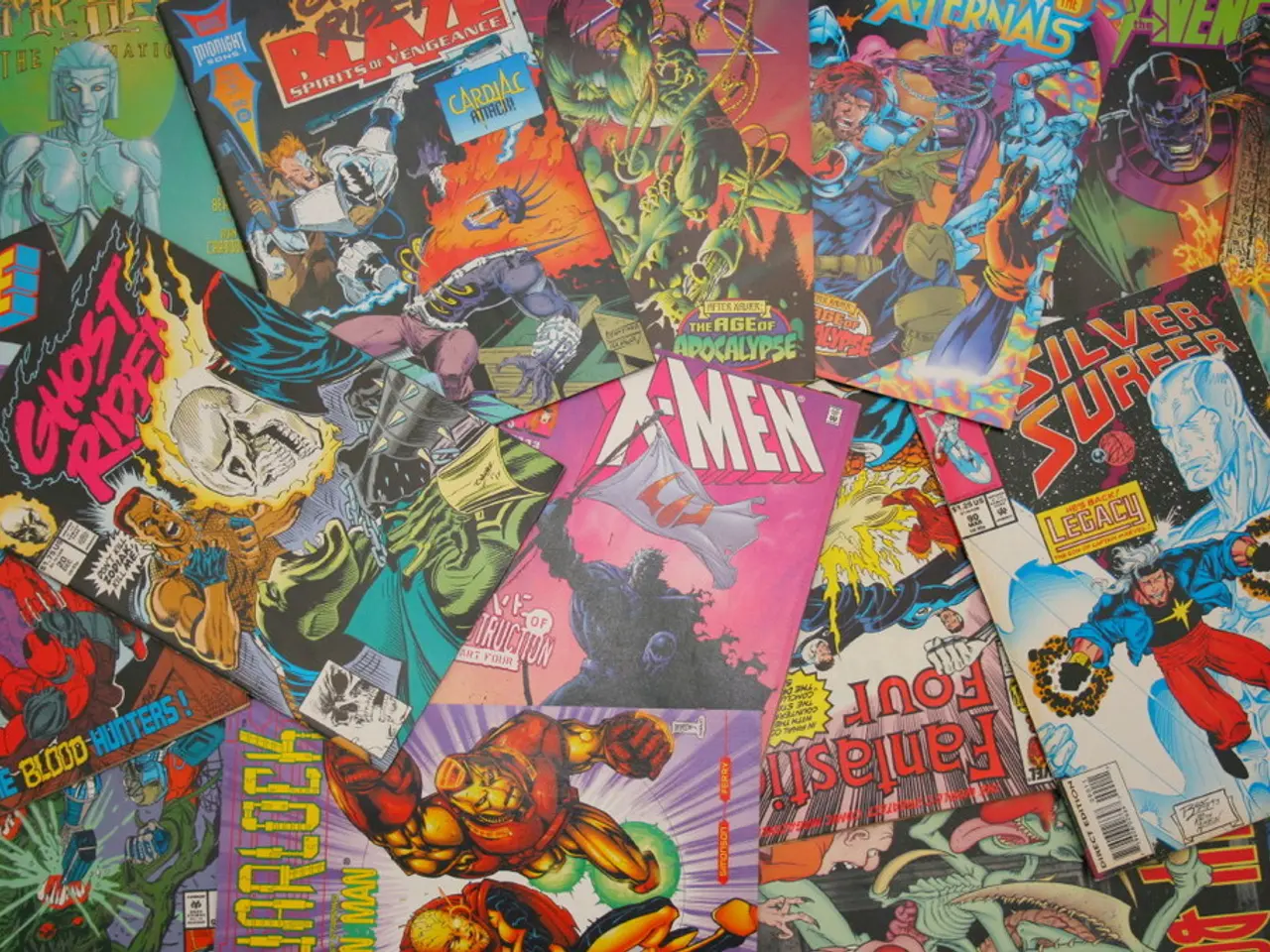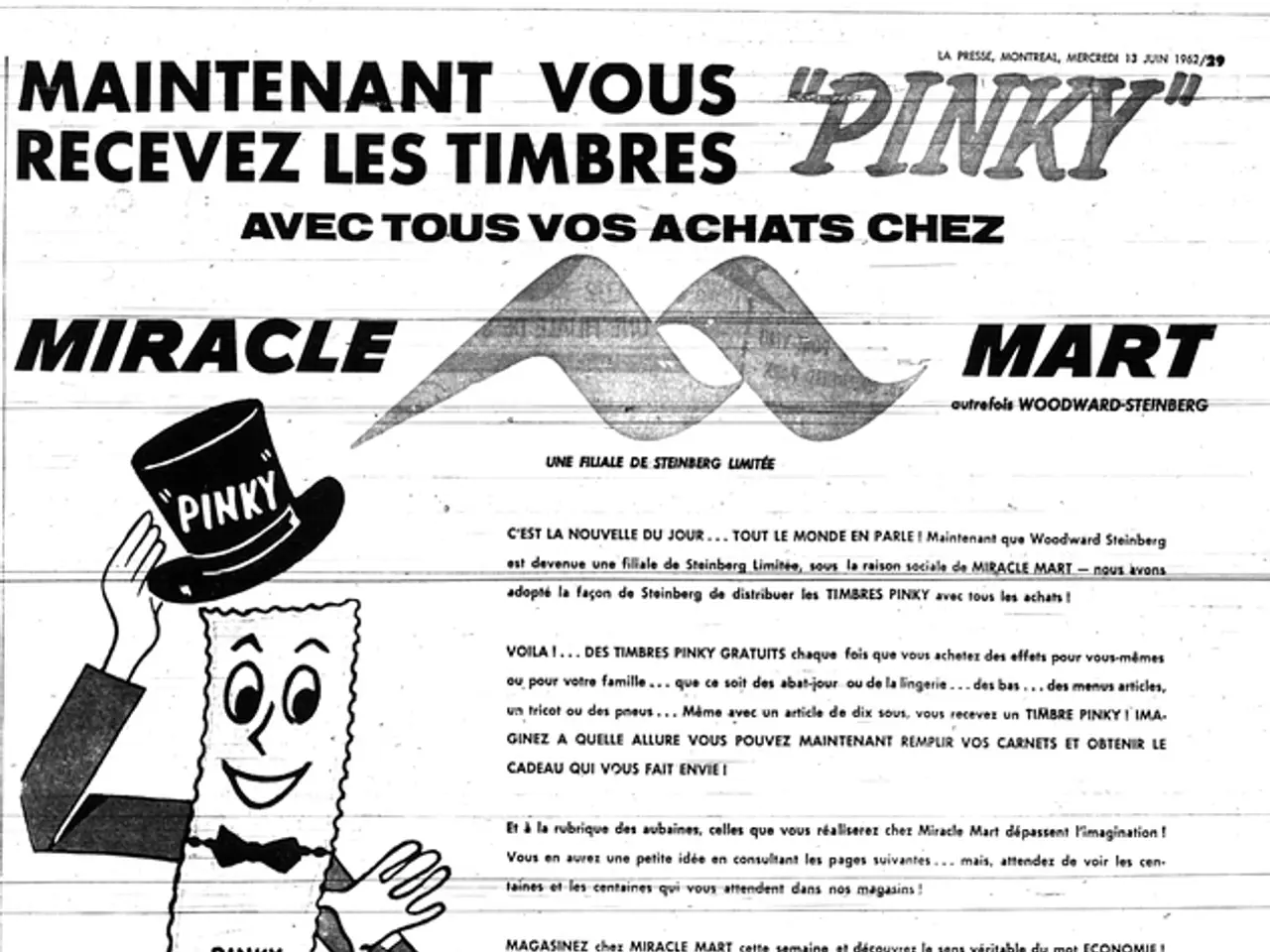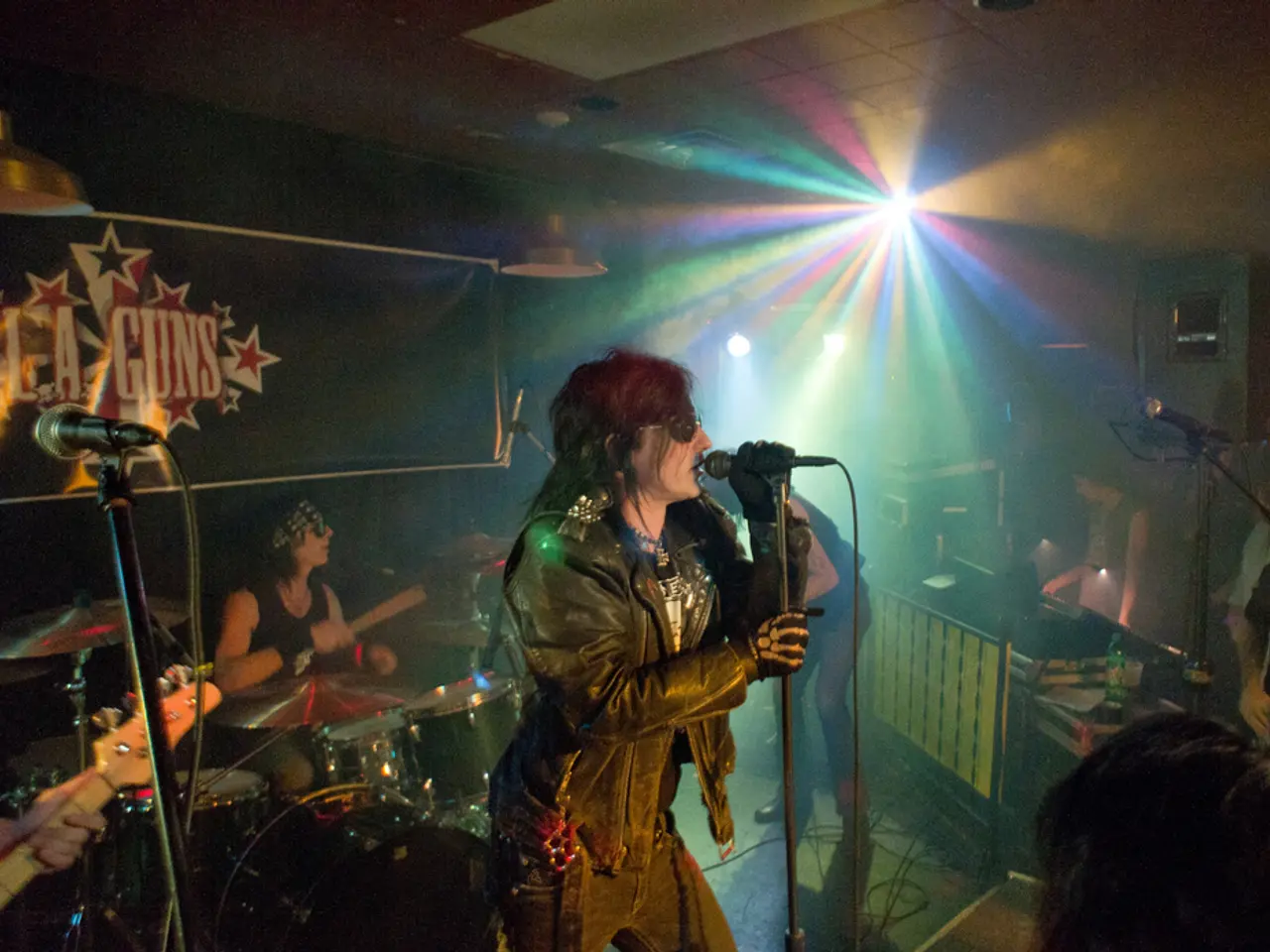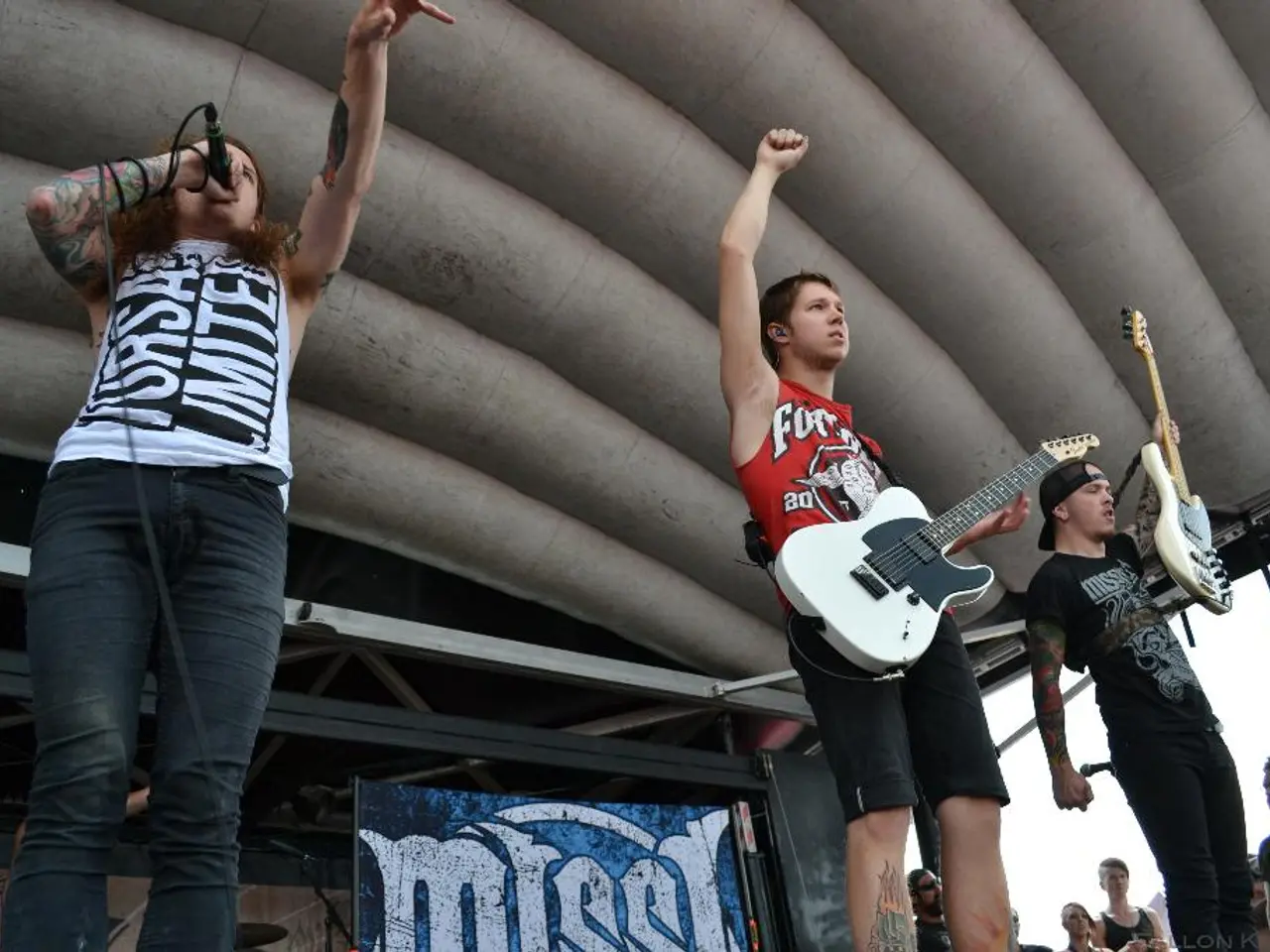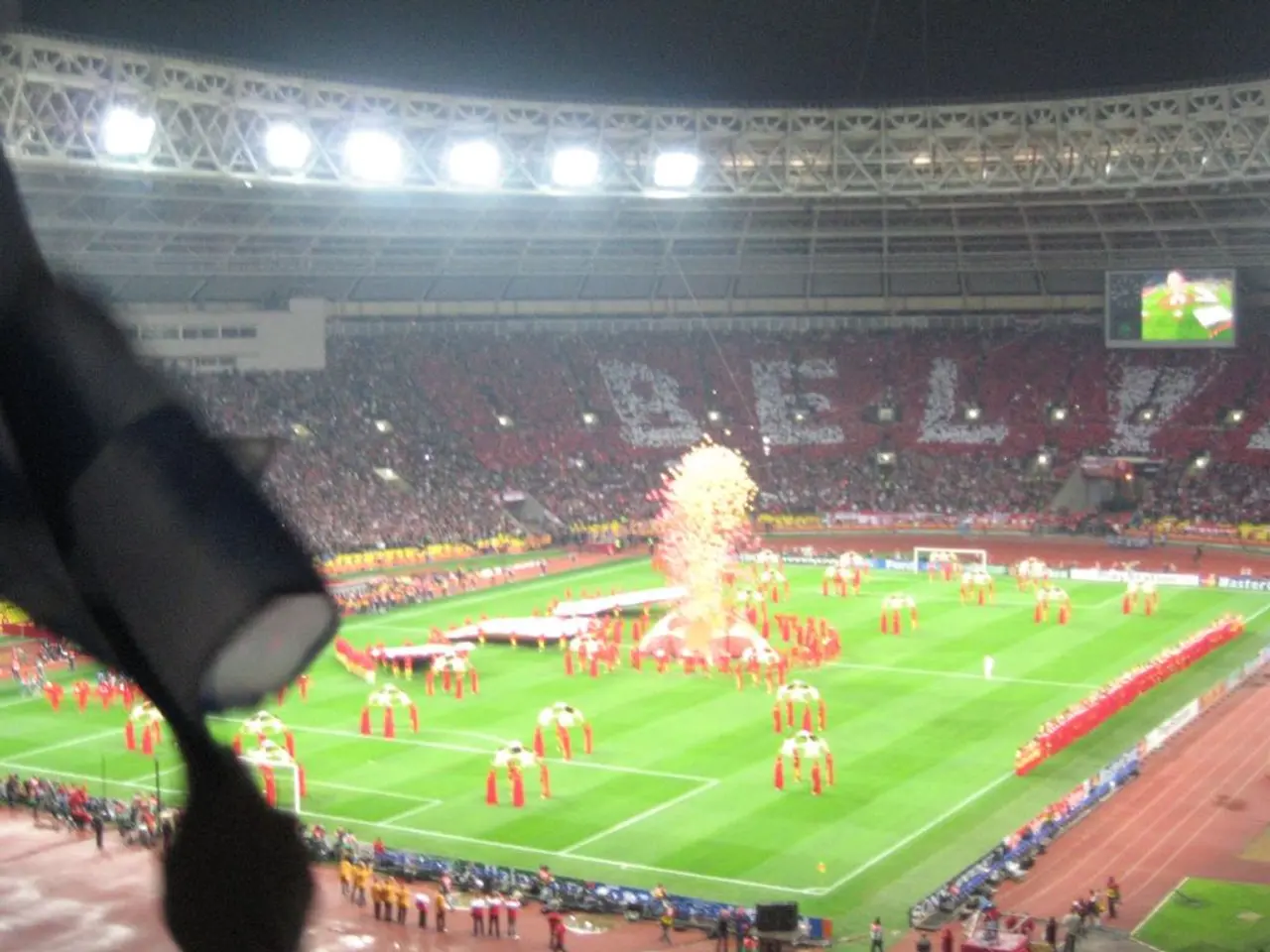Superheroes Influencing a More Diverse Audience of Admirers
In the world of comic books and superhero media, a significant cultural shift has been underway for several years. What was once a near-invisibility of LGBTQ+ characters and themes has evolved into increasingly open and central inclusion, with diverse queer characters portrayed as protagonists and in complex romantic relationships.
Historically, the Comics Code Authority (CCA) from 1954 to 1989, which forbade any mention of homosexuality, suppressed LGBTQ+ themes in mainstream American comics. Queer characters and stories appeared only as innuendo or subtext during this period. However, the lifting of these restrictions in the late 20th century allowed for more overt inclusion, especially in underground, independent, and later mainstream comics from the 1990s onward.
This evolution is evident in superhero media, where characters like Karolina Dean from Marvel’s Runaways and Renee Montoya from DC Comics have been portrayed not just as side characters but as central figures whose queer identity informs their story arcs and relationships. This trend extends into TV adaptations, further increasing mainstream visibility.
Lesbian superheroes like Mystique, Catwoman, and newer figures signify a normalization and celebration of queer identities in genres historically dominated by heterosexual narratives. Current trends emphasize authentic representation, with romantic relationships confirmed on-screen, as seen in Western animation with the example of Adventure Time's Marceline and Princess Bubblegum.
The impact on fans is substantial, offering representation that combats invisibility and provides LGBTQ+ audiences with characters and narratives they can identify with. This greater inclusion also challenges stereotypes and promotes a more nuanced understanding of queer lives.
Transgender characters are becoming prominent in comics and on television, with trans heroes having complex roles and emotional development. Examples include characters from anime and manga, such as Hiroshi Sato from My Hero Academia, and characters from Western comics like America Chavez from Marvel Comics.
The cultural shift towards diverse superheroes helps fans feel seen, valued, and respected. This change is happening with the consent of both fans and creators, who pay attention to fan feedback and use crowdfunding sites to share their work. However, backlash and hate speech online are still a problem, but the growing representation of LGBTQ+ characters and themes serves as a powerful counterbalance.
In summary, the evolution of LGBTQ+ representation in comic books and superhero media marks a cultural evolution that aligns with broader societal acceptance. This shift brings meaningful visibility and affirmation to fans worldwide, teaching empathy, compassion, and that there are many definitions of strength. Representation is no longer an option, but a necessity.
- The world of entertainment, encompassing comics, movies, television, games, anime, social media, and pop-culture, is witnessing a transformation of LGBTQ+ representation, moving from marginalization to mainstream acceptance.
- The fashion-and-beauty and lifestyle sectors have also become part of this shift, reflecting and celebrating the diversity of identities as they intersect with entertainment.
- Cosplay, a popular aspect of the entertainment world, has embraced this evolution, with more LGBTQ+ characters and representations providing inspirations for costumes and role-plays.
- Music, like other creative mediums, is not left behind in this cultural shift, with many artists intentionally incorporating queer themes and promoting LGBTQ+ rights in their work.
- This elevated visibility and representation extend beyond entertainment, as LGBTQ+ celebrities make strides in various industries, further normalizing and celebrating queer identities.
- This change in entertainment, influenced by the interconnectedness of various genres (such as sci-fi and fantasy, comics, and movies & TV), impacts fan communities and generates discussion across multiple platforms.
- The cultural shift towards inclusive representation in entertainment addresses the historical under-representation and marginalization, offering fans a sense of belonging and representation.
- Books, as another key medium, also play a significant role in reflecting and contributing to this shift, featuring diverse queer characters and narratives across genres.
- The diversification of superhero media, with increased representation of LGBTQ+ characters and themes, reinforces the notion that representation is essential in fostering empathy, breaking stereotypes, and highlighting the complexity and strength of queer lives.
